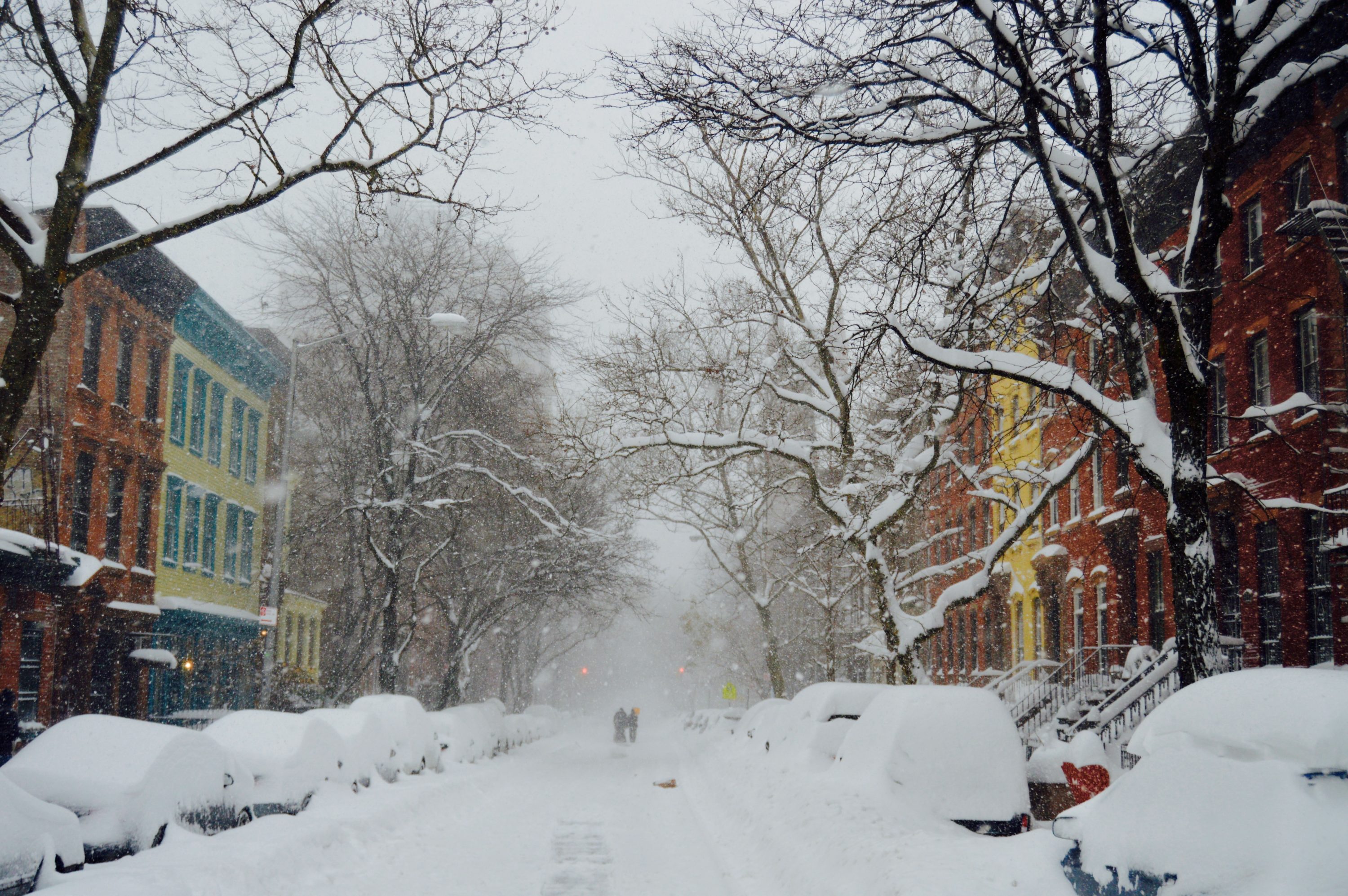What Brooklyn’s coldest neighborhoods have in common

As temperatures continue to drop ahead of winter’s coldest months, some Brooklyn residents have had to call 311 to get their landlords to turn on the heat — despite the city’s heat law, which requires building owners to provide heat for tenants from Oct. 1 through May 31.
According to the law, indoor temperatures must be at least 68 degrees Fahrenheit between 6 a.m. and 10 p.m., and at least 55 degrees Fahrenheit between 10 p.m. and 6 a.m. Unfortunately, some landlords ignore these requirements, leaving tenants with few options outside of dialing 311 and making a heat complaint.
But those complaints aren’t spread evenly throughout the borough. Apartment listings company RentHop has crunched the 311 data from the beginning of this year’s heat season, from Oct. 1 to Nov. 30, and created a map of the New York City neighborhoods where residents were most often left in the cold.

Brooklyn Boro
View MoreNew York City’s most populous borough, Brooklyn, is home to nearly 2.6 million residents. If Brooklyn were an independent city it would be the fourth largest city in the United States. While Brooklyn has become the epitome of ‘cool and hip’ in recent years, for those that were born here, raised families here and improved communities over the years, Brooklyn has never been ‘uncool’.